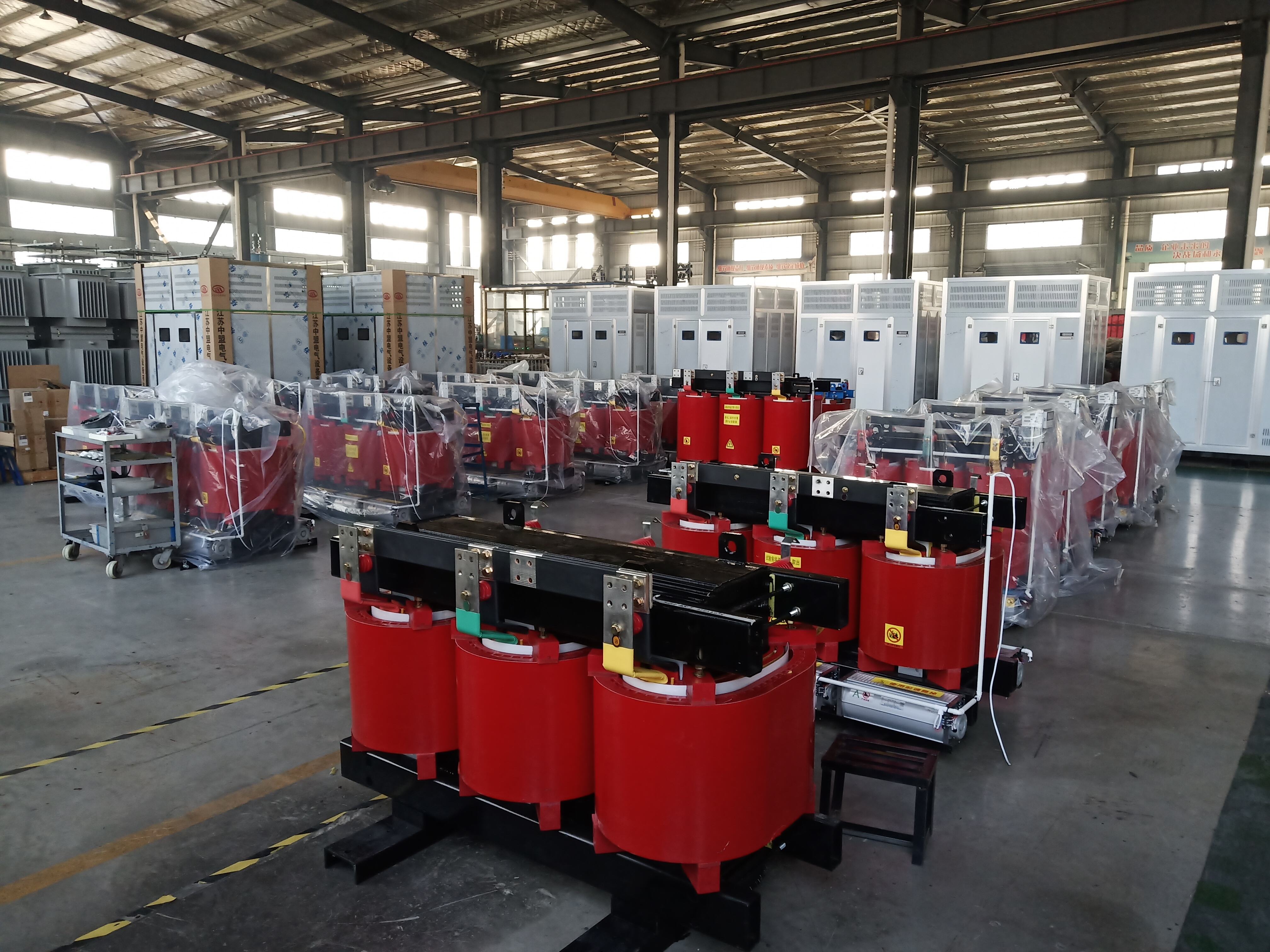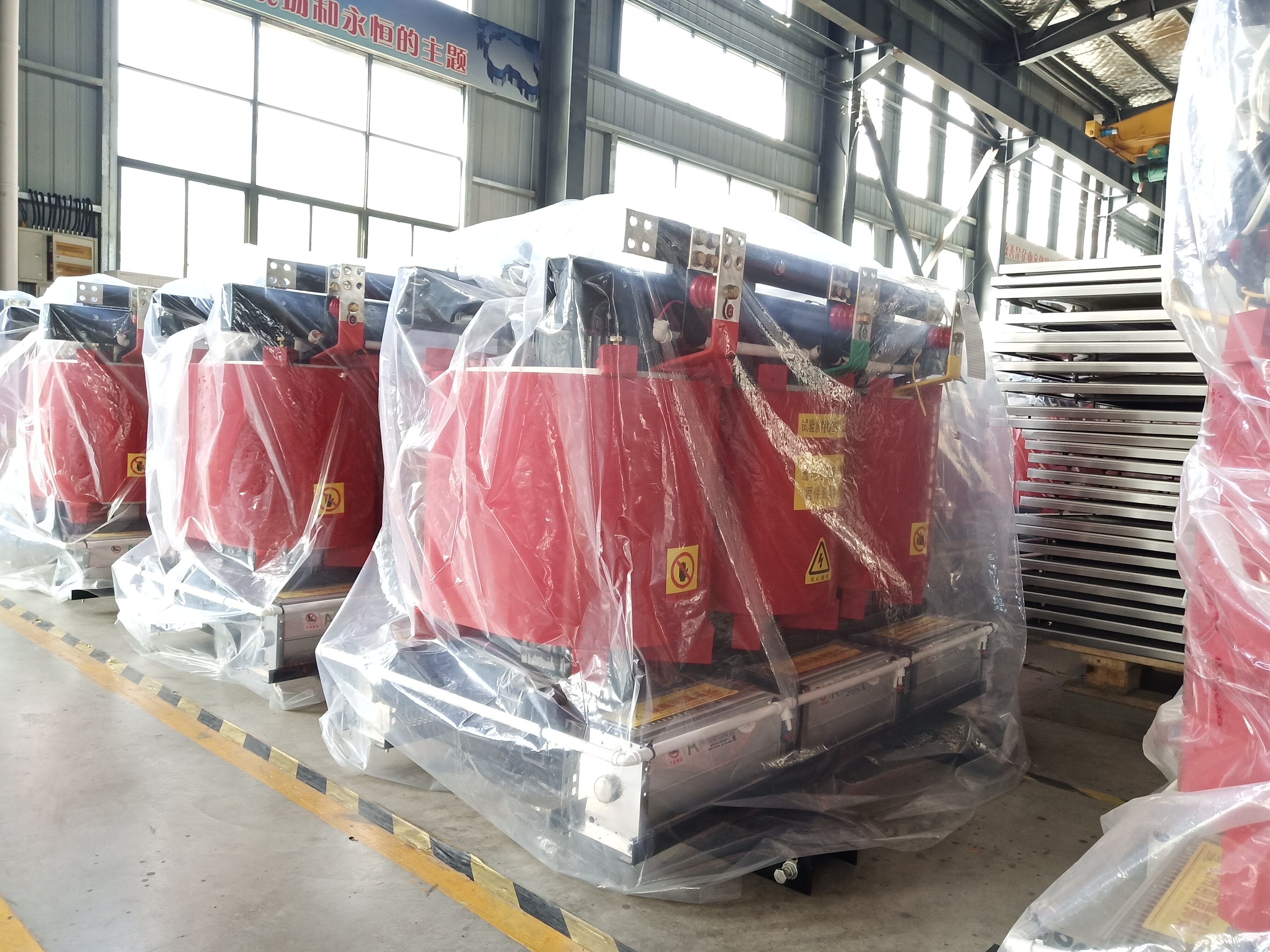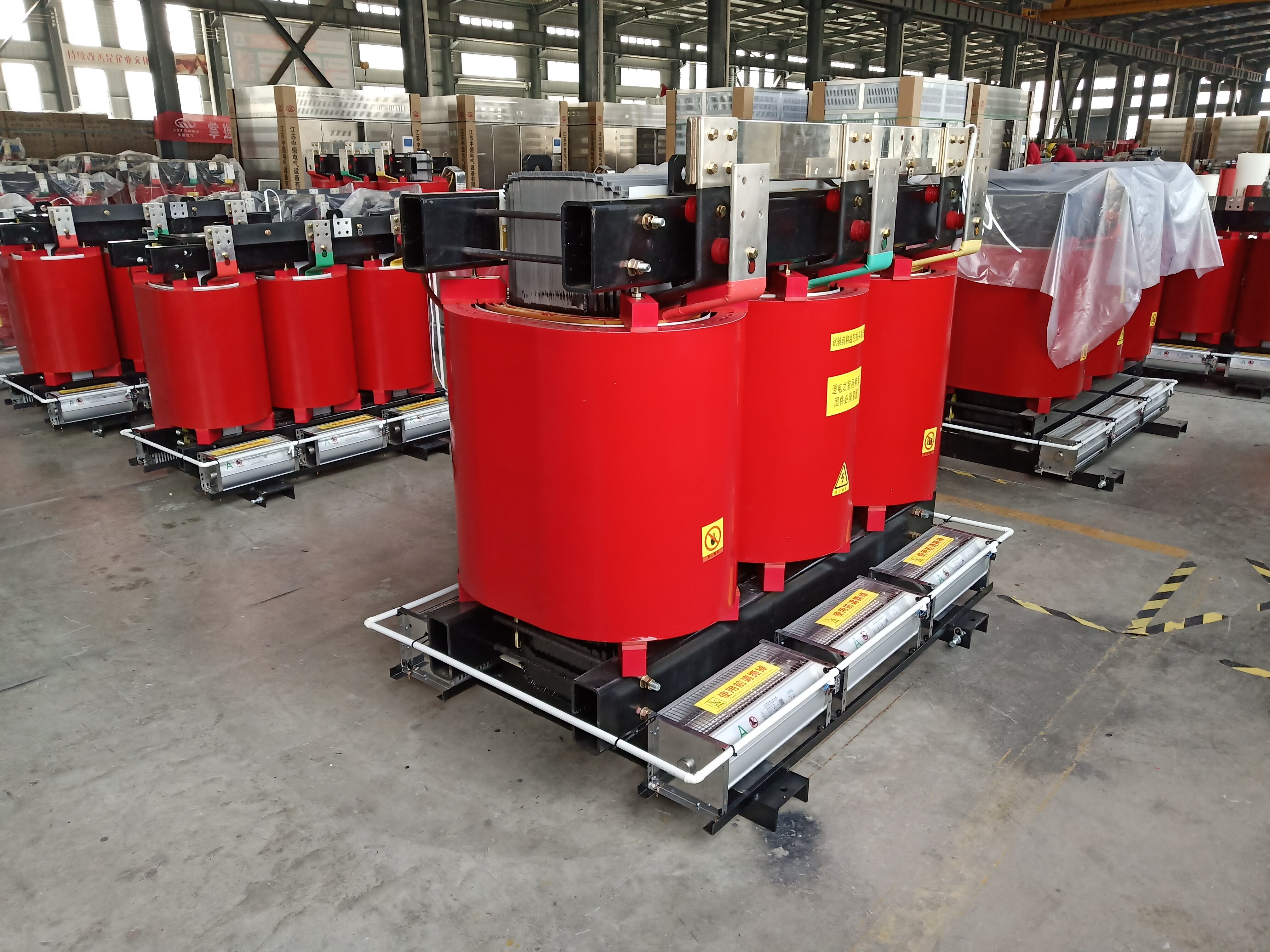cost of distribution transformer
The cost of distribution transformers represents a significant investment in power distribution infrastructure, varying based on capacity, design specifications, and market conditions. These essential devices, typically ranging from $2,000 to $50,000, play a crucial role in stepping down high voltage electricity to levels suitable for residential and commercial use. The pricing structure encompasses various factors including core materials, winding quality, efficiency ratings, and protective features. Modern distribution transformers incorporate advanced technologies such as amorphous core materials and digital monitoring systems, which while increasing initial costs, offer superior energy efficiency and reduced operational expenses over time. The cost analysis must consider both purchase price and total ownership expenses, including installation, maintenance, and energy losses. Manufacturers often provide options at different price points, balancing performance with budget constraints. The investment typically accounts for voltage regulation capabilities, overload capacity, and environmental considerations such as oil-free designs or biodegradable coolants. Geographic location, local regulations, and specific application requirements also influence the final cost, making it essential for buyers to conduct thorough assessments of their needs and available options.


